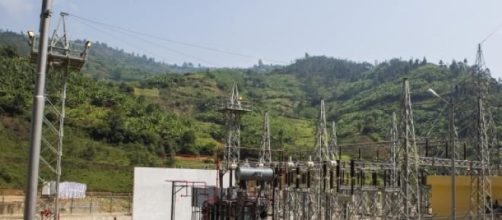One of the bottlenecks to Rwanda private sector growth is access to affordable and sustainable energy. The economy has been growing by 7.74% on average since 2000 and it is expected to keep that pace as the government plans to transform the country into a middle knowledge based economy by 2020. Today power generation stands at 156 MW and it is planned to grow to over 1000 MW by 2017. Is this target possible to achieve in just two years?
Though the Rwandan government has shown commitment to achieve its development targets, one is tempted to be skeptical about its energy objective.
This is because two years is a short period of time to grow power generation by nearly 1000%. In addition to this, it requires high capital investment with risk attached to it. But the government is open to partner with investors and the East African community in delivering this potential.
Recent developments have given a glimpse of hope. In February, infrastructure minister James Musoni unveiled a new solar photo voltaic power plant in Rwamagana district, that will add 8.5 MW to the national electricity grid. The $23.7 million utility-scale plant was built by Gigawatt Global and will supply electricity to more than 15,000 households. This can sound little given the above target but it is important to note that the third largest plant in Africa was only commissioned last year.
In spite of the huge work ahead one can hope that if all underwent power projects are executed at such a speed, the target can possibly be met. In 2012, Rwanda electricity consumption per capita was 20.26 kWh per person, which is one of the lowest in the world. The country generates power through hydro power (59%), thermal generation mainly through hired diesel and heavy oil fuels based generation units (40%) and methane gas (≈ 1%).
However, Rwanda has potential sources of energy that wait to be developed to generate electricity to the national grid. The government offers incentives to investors who are willing to partner with it in this endeavour. It provides transmission access to all power projects at its cost, all infrastructures needed to develop projects among other incentives.
In partnership with investors, Rwanda aims to generate more than 333 MW, 310 MW, 300 MW, 200 MW and 20 MW respectively from hydro power, geothermal, methane gas, peat and solar PV.
Currently, the country has to deal with rising energy demand that mostly originate from industries that struggle to operate their plants. This state of affair reduces the rate of investments in industrial sector. Some investors want to have 25 MW on a continuous basis which the country cannot provide to a single industry. Because of the low energy supply, the cost of electricity can go as high as 50% of the cost of production, a situation that discourages industrial investments.
In order to increase power generation, Rwanda is set to partner with East African community member states such as Uganda and Kenya.
But the country is still facing transmission lines challenges to make interconnection with these countries possible. In December last year, Rwanda signed a 5-year contract deal with Kenya to import 30 MW; the country also stands to benefit from a 400 KV electricity transmission line which is one of the major Northern Corridor Integration Projects.
It's hard to believe that it will be possible in a short period of time; but, as they say, "when there is a will, there's a way."

